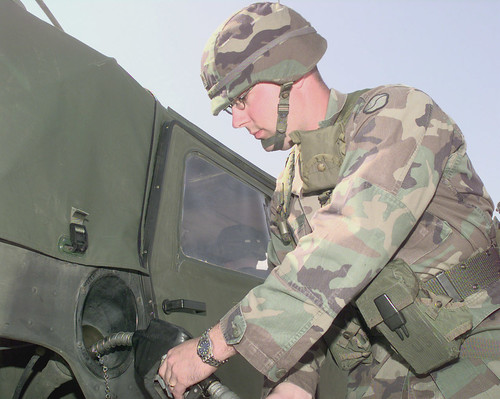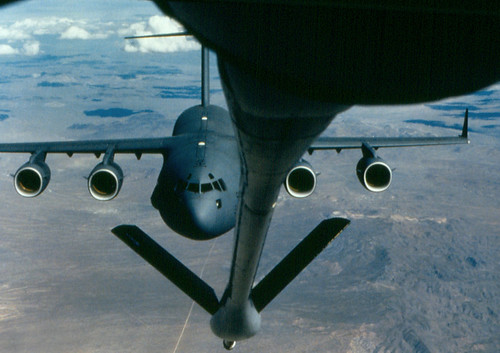After conquering the land, Google sets sight on the oceans; Envisions future of floating, blue-green data centers
(Source: Ars Technica) & TeamSilverback)
The majority of the patent deals with the logistics of ship-based data centers, though it also examines the use of wave power, tidal power, and seawater for providing electricity and cooling to land-based data centers that are close enough to water.
Of course, there’s nothing to stop Google from deploying a floating data center powered by conventional fuel sources, but such a vessel would be more limited by range or fuel capacity. Not only would it have to carry enough fuel to power itself, it would also have to make sure to power the systems it carries. Using a water-based generator would not only be more practical and efficient, it’s also a significantly greener solution.
Despite the patent, however, Google may not be the first company to send its data centers out to sea. A Silicon Valley startup called International Data Security (IDS) announced in January of 2008 its intent to set up a fleet of data-serving cargo ships. These ships would not only come with standard storage services, but also with amenities such as private offices, overnight accommodations, and galley services. The first ship was scheduled to set sail (or rather, hang out in San Francisco’s Pier 50) in April of 2008, but according to a blog post by IDS partner Silverback Migration Solutions, that plan got pushed to third quarter 2008 and we were unable to find any further information on the project.
The Silverback blog alos outlines a few interetsing points. The value proposition for ship based datacenters is very similar to that of land based datacenters, with a few noteable exceptions:
–Current market demand for data center space continues to outpace
supply, and using ships as data centers can reduce time to market by as
much as 65%.
–Cap-Ex costs to bring a ship into data center operation is
approximately 2/3 that of a land-based facility.






 “The paradigm shift goes from a car receiving information only to a car communicating bi-directionally with its environment. The car will become an open system and the car industry will see a change in much the same way that mainframe computer vendors and incumbent telecom operators saw their world change within a decade. We invite all the bright minds to create the best solution and to test them in an open challenge. Who will become the Microsoft of the car operating system? It will take decades, five system generations of evolution, but the automobile will become a real auto (auto) mobile.”
“The paradigm shift goes from a car receiving information only to a car communicating bi-directionally with its environment. The car will become an open system and the car industry will see a change in much the same way that mainframe computer vendors and incumbent telecom operators saw their world change within a decade. We invite all the bright minds to create the best solution and to test them in an open challenge. Who will become the Microsoft of the car operating system? It will take decades, five system generations of evolution, but the automobile will become a real auto (auto) mobile.”


![[SB123506358018524221|section=US:slideshow]](http://s.wsj.net/public/resources/images/OB-DE679_seasha_D_20090223181654.jpg)
